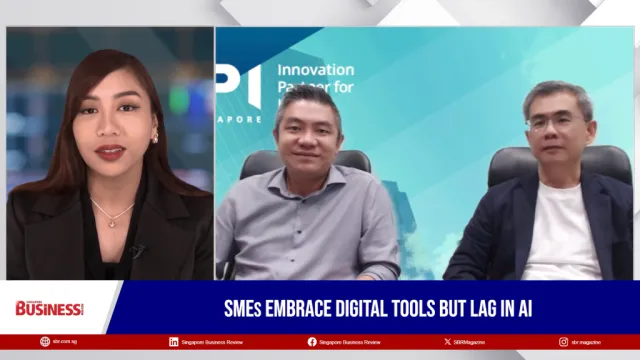Join the community
Thought Leadership Centre
Most Read
1. Finance leaders flag governance risks with fast growing fintech systems 2. Why AI governance is a key priority for financial institutions 3. Foreign institutions pursue market entry as Japan strengthens fintech rules 4. Payment leaders push for interoperability to solve SME cash flow 5. UOB CEO calls for banks, fintechs, regulators to align on AI standards and trustResource Center
Awards
Mar
24
Event News
Energy & Offshore
Tuas Power to complete Singapore’s first 100% biomass conversion by 2028
The landmark project will cut one million tonnes of carbon emissions annually.


 Advertise
Advertise



















Commentary
Workplace 3.0: Transforming work environments to support innovation and meaningful work
Workplace 3.0: Transforming work environments to support innovation and meaningful work
The race to gender equity for Asia’s startups
How Many Apps Does It Take to Change a Workplace?
In an era of zero-sum thinking, business leaders must unlock a mutually beneficial future
Diversifying your portfolio: Alternative investments in Singapore to consider in a low-interest rate environment
Navigating the digital future: A closer look at Singapore Budget 2023 measures in view of the rapidly changing workplace
Corporate Governance – The Greatest Challenge for Start-ups?
The role of digitalisation in futureproofing Singapore’s food supply chain
How the PSG government grant has helped Singapore’s small business owners
The Rapid Evolution of Digital Banking
ONE Pass: A potential solution to Singapore’s leadership talent challenges
Maritime: An industry where opportunities abound
Enhancing workplace safety through transformative technologies
How DX can help to drive business success
What it means for Singapore now that the Electric Vehicle Charging Bill has been passed in Parliament?
The Unspoken Expectation From a Singapore Consumer With a Full Shopping Cart This Holiday Season
Banking’s Cloud Conundrum — What’s hindering adoption?